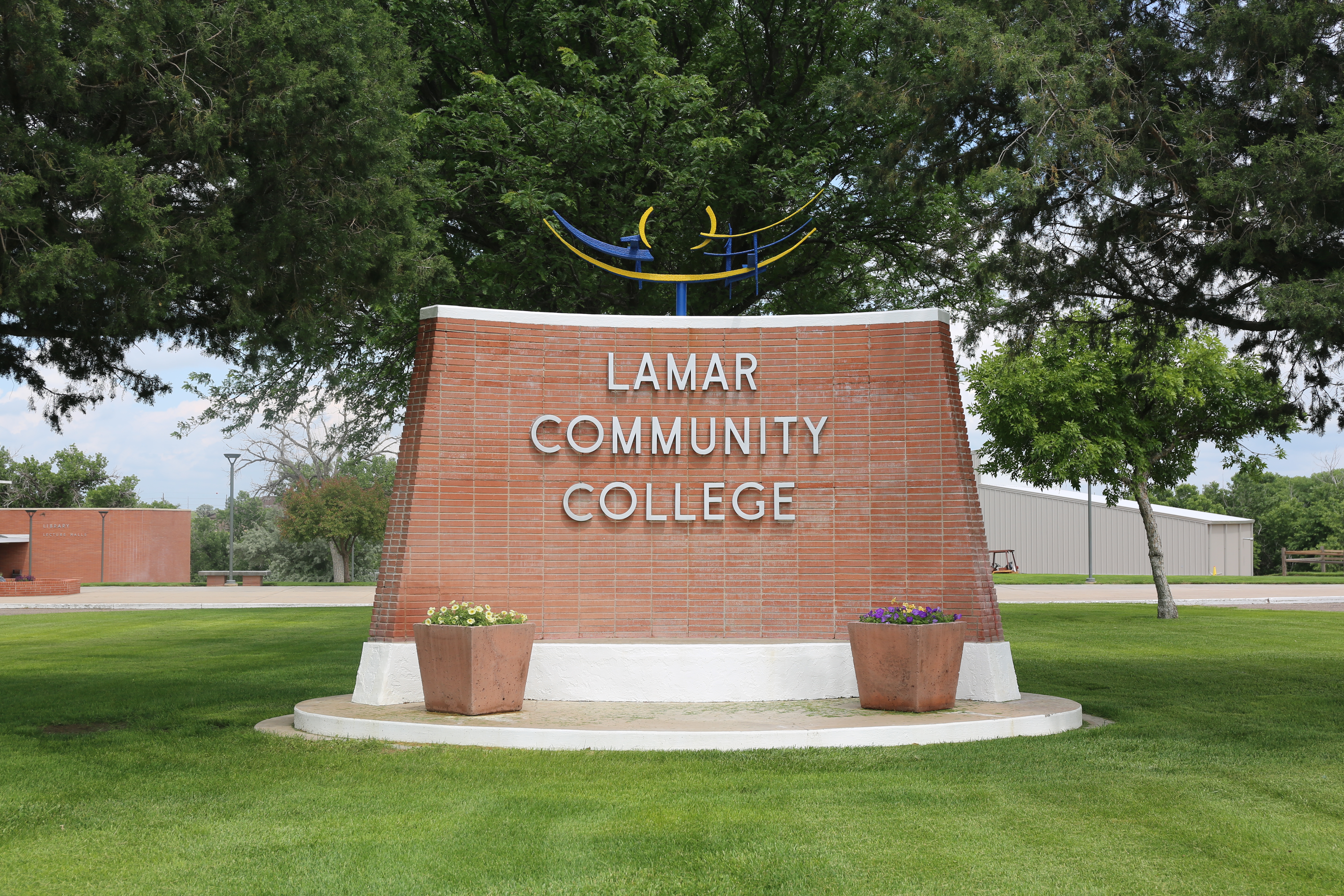After a two-year wait, more than 400 educators gathered for the Colorado Association of Career and Technical Education (CACTE) CareerTech Summit last week—and the room was buzzing with excitement.
“I don’t think we could squeeze another human in this room,” said Dr. Sarah Heath, Colorado Community College System (CCCS) associate vice chancellor and state director of career and technical education (CTE), during her keynote address. “For those attending for the first time, we welcome you to our career and technical education family.”
CCCS oversees more than 250 unique CTE programs in fields as diverse as culinary arts and fire science, engaging about 208,000 middle, high school, and college students every year. The CTE experience prepares students for their next step, whether that’s finding a job, continuing their education, or both, said Dr. Heath.
“You’re building students’ toolbox so that they can decide where they go along their career path journey,” she said. “CTE demonstrates that there are multiple ways to be successful in our state in various industries.”
Providing Hands-On Learning
As a second-year CTE instructor, Johnnie Groot has seen this impact firsthand. The longtime Toyota employee teaches automotive technology with FutureForward, the CTE program of Adams 12 Five Star Schools. CTE is especially beneficial for students who feel out of place in a traditional classroom setting, he said.
“If [students] are more into hands-on learning, it can help them get engaged,” he explained. “They actually can touch and feel and learn how to use tools. There is some classroom work, because we have to go over some basics and some fundamentals, but we do have the ability to tear the cars apart and put them back together.”
Once they master basic skills, learners are ready to work in repair shops or dealerships with options to specialize in specific car parts or models—leading directly to a promising career path, Groot said.
“Typically you can always have a job if you’re good at what you’re doing. If you’re there on time, if you work all day, and if you have a certain skillset, you can make a living pretty much for the rest of your life.”
Opening Doors
CCCS data backs up Groot’s claim. Among Colorado CTE completers, 98% enrolled in postsecondary education or training, enlisted in the military, or were employed after a year, and nearly 80% of employed graduates work in an occupation in their chosen CTE field.
Scaling access, however, presents a real challenge in Colorado and across the country. Although CTE programs are growing in popularity, a lack of qualified educators has reduced opportunities for students, a recent Government Accountability Office report found.
To solve the shortage, CTE providers are getting creative. The Southeast Colorado Education Collaborative (SCEC), for example, brings together five neighboring school districts, as well as Pueblo Community College and Fort Lewis College, to share equipment, instructors, and other materials to make CTE more equitable.
“This model brings rural areas out of their silos to engage in a regional way so that regardless of a student’s zip code, they can access the same education and resources,” said, Jessica Morrison, executive director of SCEC. “Collectively, when people sit at the table and we apply together, we’re able to pool more funding into the region.”
This is another opportunity for me to hopefully impart what I’ve learned over all the decades and to help students move forward and into a career path that they can enjoy and make a living.
The group currently offers pathways in environmental science and building trades—two popular options among students that align with community needs—and is busy building programs in education and health sciences. The partnership is already making a big difference for students, said Melinda Wood, post-secondary administrative assistant at Durango High School.
“If we have a class that has to have 15 kids, and we can’t quite make that [count], we can pull in a couple kids to do it virtually at a different school. It opens up a lot of doors that we wouldn’t have.”
Imparting Skills and Knowledge
Those out-of-the-box solutions—plus recruiting and retaining a diverse educator corps—will keep CTE programs strong, Dr. Heath said. The CareerSummit not only covers best practices in CTE, but also builds community so educators can bounce ideas off one another and improve their teaching craft.
Groot, the automotive instructor, is already gearing up for the next school year. He recently secured a donation of two $15,000 engines and is working on his classroom management skills. Teaching has been a great way to keep active as he winds down his 35-year career, he said.
“This is another opportunity for me to hopefully impart what I’ve learned over all the decades and to help students move forward and into a career path that they can enjoy and make a living.”


